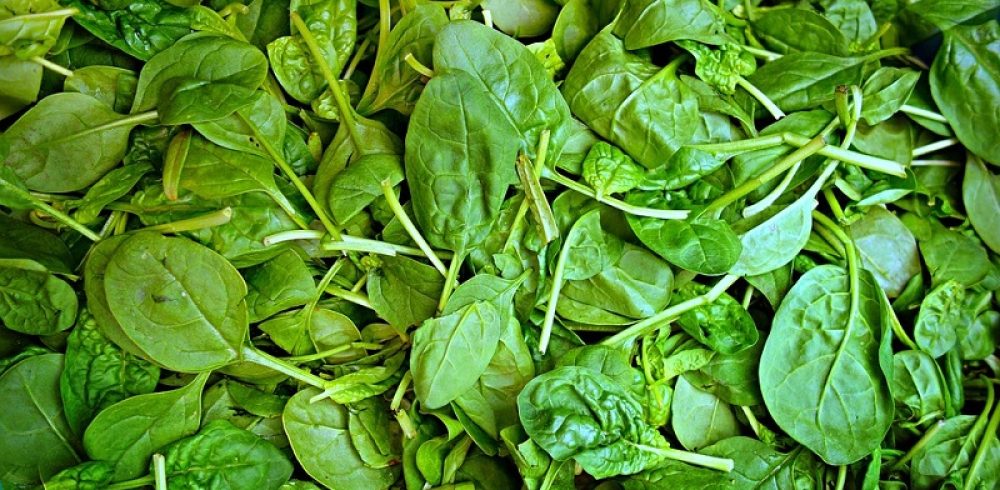A new research field pioneered by the Strano Research Group at the Massachusetts Institute of Technology will demonstrate how nanomaterial could transform plants by giving them novel functions. The vision for this project is to make a plant function as a lamp that doesnât need to be plugged in.
The global energy consumption attributed to lighting accounts for nearly 20% of demand and more than 2 gigatonnes of CO2 emissions per year, so the team decided to create an environmentally-friendly alternative. To make this work, they used luciferase, the enzyme that gives fireflies their glow, luciferin, which causes it to emit the light, and coenzyme A, which extends the duration of the light emission by removing a reaction by-product.
The plants used were watercress, rocket, spinach and kale, which were all submerged in a pressurised chamber containing a nanoparticle suspension that allowed the particles to enter the leaves through tiny posed called stomata.
Their estimated lifetime was nearly four hours, although parts of the plants were still emitting light after up to 8.5 hours. The light generated by one 10cm watercress plant is about one-thousandth of the amount needed to read by, but the team thinks they can boost it.
The biggest challenge would be street lightning because there is a certain level of illumination required for safety.
The next step is optimising the brightness and duration of the light coming from the plants. Weâve calculated that both can be optimised to extraordinarily high levels, and we have produced some of the brightest living organisms in existence, said the team.
If this research proves successful, then it would become a viable solution to address the challenges of resources for lightning, power, maintenance and disposal of batteries, bulbs, semiconductor circuits and other e-waste and hardware from traditional bulb-based grid lighting.
Plant-based lighting would be a tremendous innovation. We envision a new platform for ambient lighting that is grown and deployed in a natural infrastructure that is safe, renewable â and eventually compostable, concluded the team.















